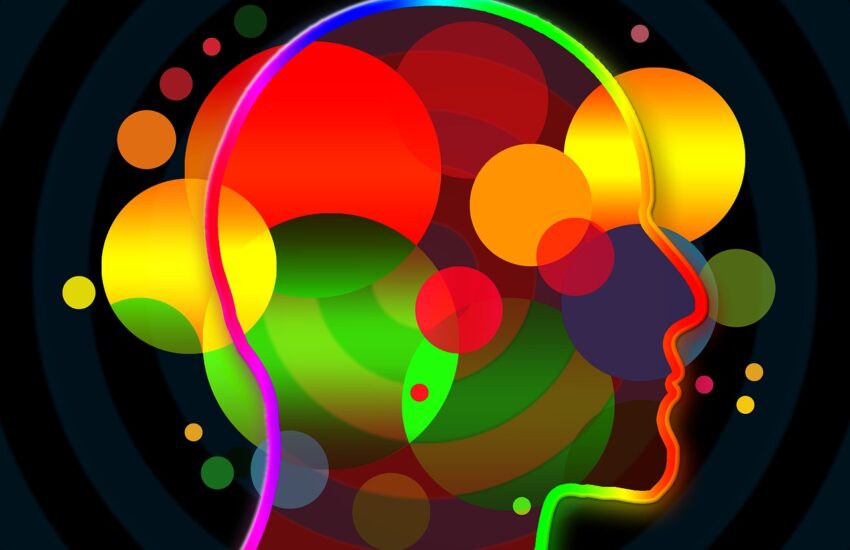If we want to create a robot manager, we need to consider what its abstract world will consist of, so that the artificial manager can recognize it, register it “in its memory” and then take action in terms of managing a team, processes or a project. This is the first and also the most difficult task facing the designer of artificial managers.
So here we go!
Each of us, when we perceive the external world through the human five senses, imagines certain objects that exist in it. Do you see a laptop or a phone in front of you? Or do you see a cup filled with tea? Is that really what you see? The cup is white, funnel-shaped, slippery to the touch, hot, and the drink inside smells like a Far Eastern vacation. That’s how you perceive the object with your senses, right?
In the nutshell, the process looks like this. First, your receptors in placed within the five senses are irritated by signals sent by external objects. For example, light rimmed from a tea cup enters your eye. Heat given off by a hot liquid irritates your sense of touch. And so on. Second, receptors send signals to the brain, which segregates them into important and less important ones. I’m sure you’ve noticed that many such signals escape your attention, but when you touch a hot cup or smell burnt electrical insulation, everything else becomes unimportant for a moment, and that particular stimulus is the most important for you to interpret. Third, the brain inteprets the signals registered by the receptors and gives them meaning.
See on YT: 029 A General Overview of How Senses Work
So let’s consider how this natural process of peeling the outside world can be applied to a robot manager. What kind of senses do we need to design for him to manage a team, a project or an entire company? On the one hand, it should have all senses like a human. We all know that human senses are quite limited in receiving external signals, e.g. an adult human can hear the frequency range from about 20 Hz to 16 kHz (if he didn’t destroy his hearing in his youth by staying often at loud parties). A young cat, on the other hand, can hear sounds even above 80 kHz.
So should an artificial manager have senses with a much wider range of perceived signals? Can you imagine a robot that would have the hearing of a cat, the smell of a dog, the sight of a peregrine falcon, the taste of a catfish or a cow? That would be the most sensitive robot in the world! But would it be able to represent to itself abstractly the world around it, recognize its manifestations, register and take action? This is not needed, unless we want to build a hero manager at the same time….
What sense, then, is needed for an artificial manager?
The sense of action or to put it more in the language of management – the sense of process!
You may be a bit surprised, since humans have no such sense. And yet he can abstractly distinguish the activities that he himself performs or that others perform. He knows when he eats, walks, writes, listens to music. A person even knows when he is thinking and what kind of thinking he is using at the moment – solving a mathematical task or devising where to go on vacation. Although man does not have a sense of activities, he can also recognize such activities in other people – when they are sitting, sleeping, talking, running. He is slightly less good at recognizing the cognitive, or thinking, activities of other people. But it also goes reasonably well, and sometimes he will guess that another person is thinking or even how he is thinking!
How to build a sense of activities in an artificial manager, so that he can recognize these activities in other team members, such as people, and then interpret them and take some action himself, I will talk about this in further blog posts. In the next post, I will describe how to design an abstract world for our artificial manager so that he can “imagine” it and, once we add the sense of activities, fill it with content and its meaning.

